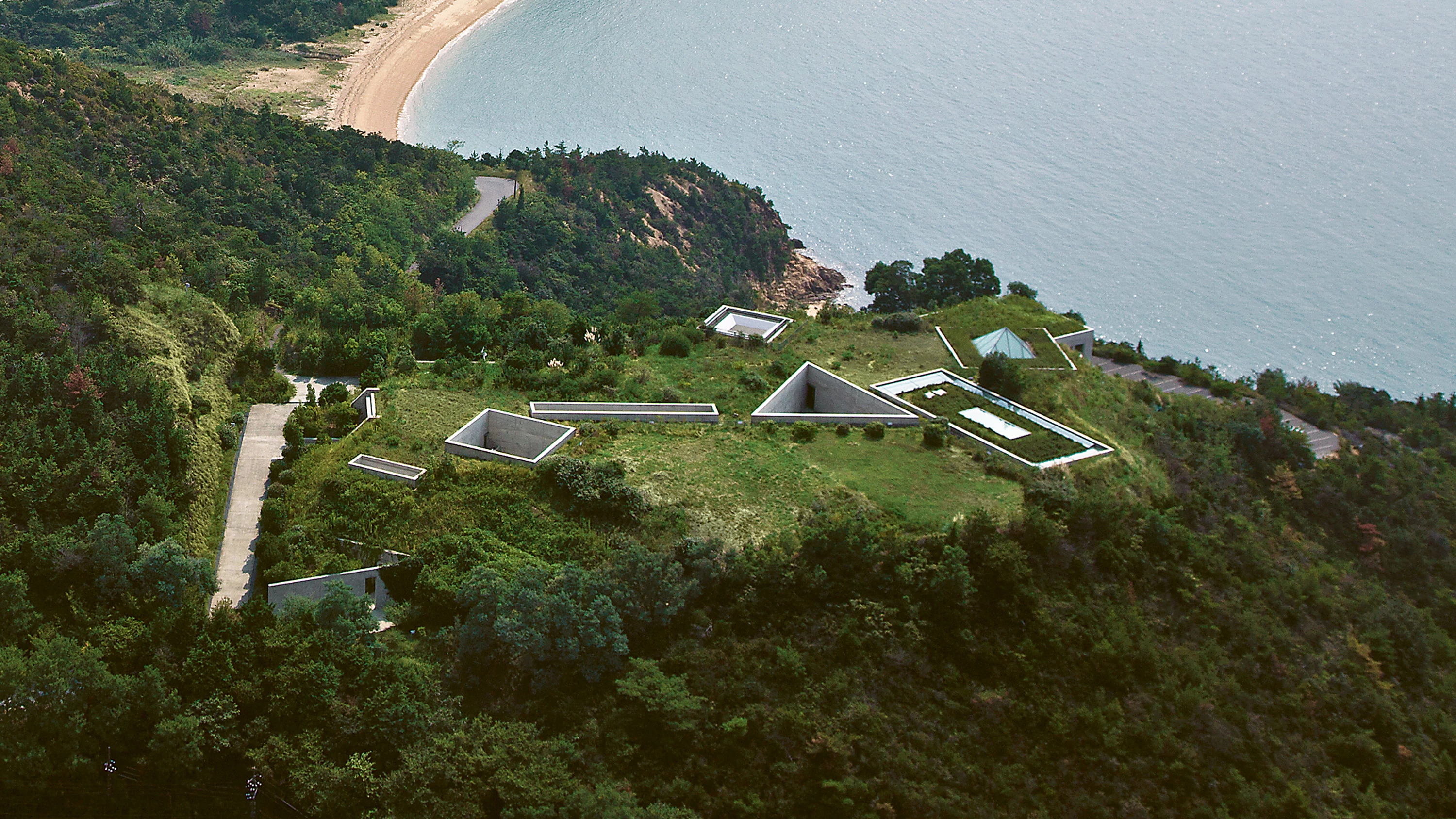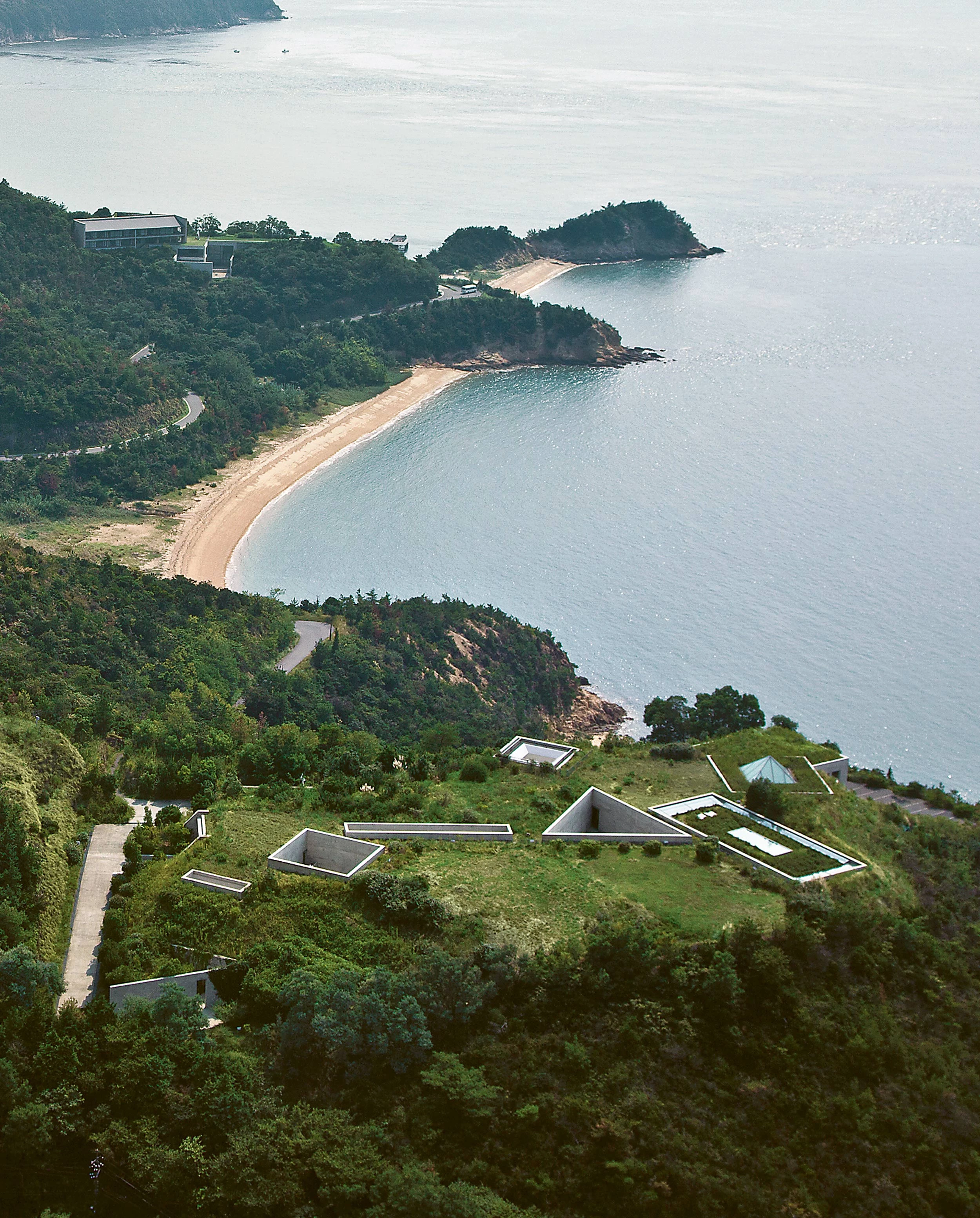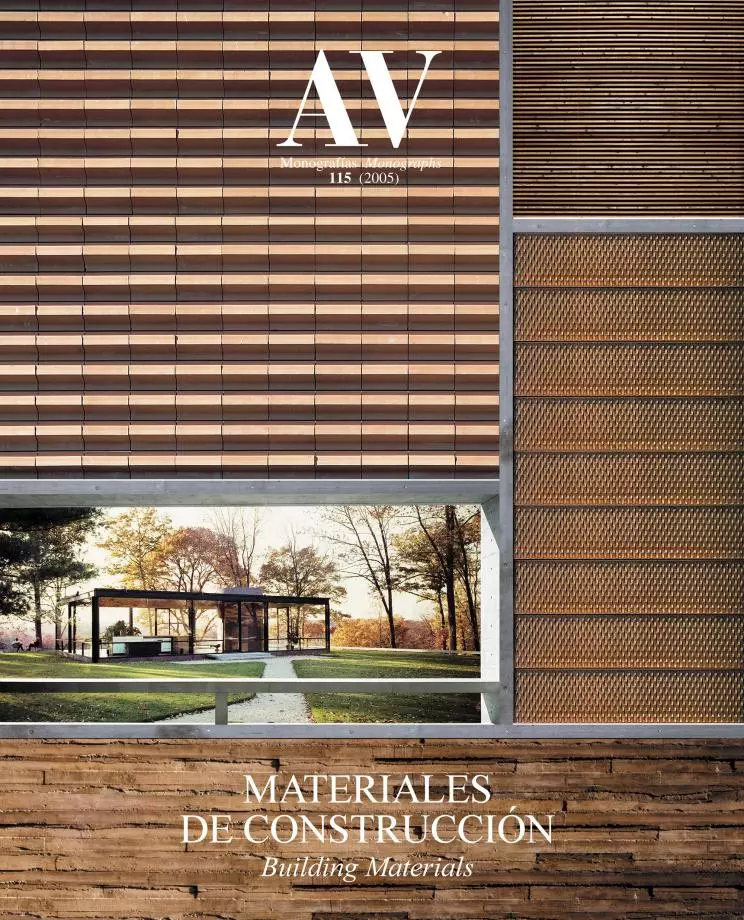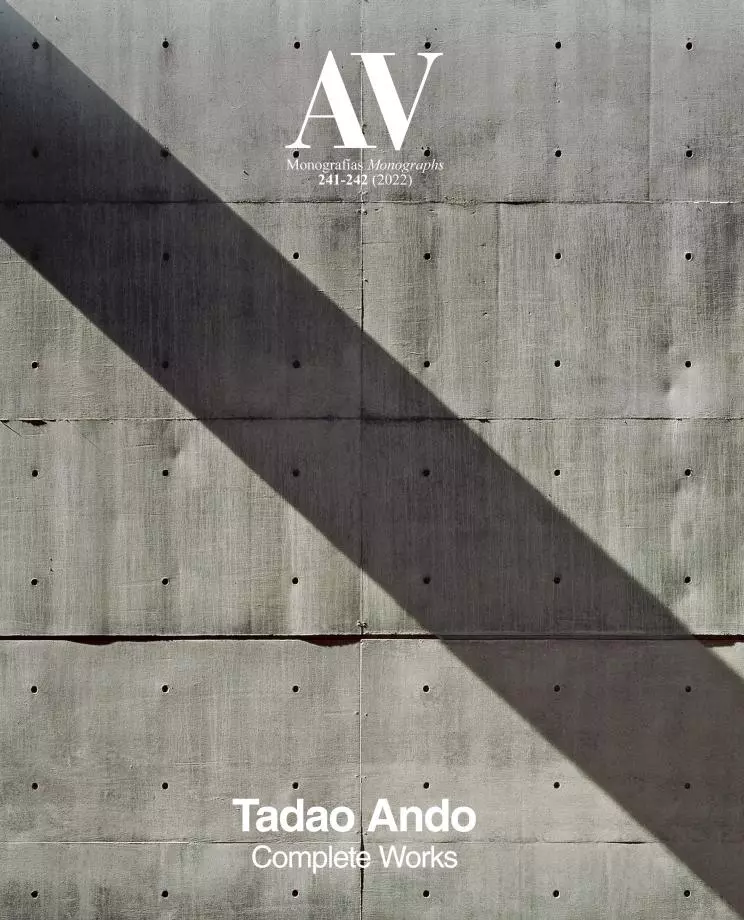Chichu Art Museum, Naoshima
Tadao Ando- Type Culture / Leisure Museum
- Material Concrete
- Date 2000 - 2004
- City Naoshima
- Country Japan
- Photograph Mitsuo Matsuoka

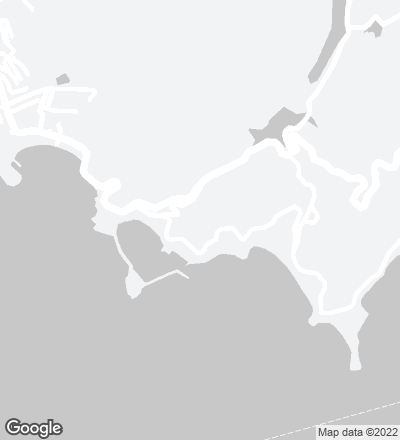
The island of Naoshima is home since 1992 to the Naoshima Contemporary Art Museum, turning these 800 hectares of land overlooking Japan’s Inland Sea – southwest of Osaka and only accessible by ferry – into a culture-oriented tourist destination. A refinery used to take up the island’s northern side, but when the publisher Benesse transformed the southern area with the museum and three years later with a hotel, the character of the island changed and travel agents began to include it in their tourist maps.
The Chichu Art Museum, with a surface of 2,500 square meters, establishes the site’s touristic and cultural facet. Chichu means ‘within the earth’, and the museum galleries – embedded in a hilly site – custody the works of just three artists: the Impressionist Claude Monet and the contemporary artists Walter De Maria and James Turrell. The museum is divided into two wings: one houses the entry and auxiliary spaces, and the other the exhibition space itself. Visitors reach the interior after walking along a reinforced concrete wall that, slightly detached from the hillside, acts as the main entry facade. After crossing it through its only opening, visitors move forward through a trenchlike path to the lobby, in a half-light that prepares them for an itinerary amid concrete walls orchestrated by the presence of natural illumination. Still in the entry area, a sunken square courtyard marks the first encounter with earth: in it grow stalks of a bamboo-related species. As it often happens in traditional Japanese gardens, this one cannot be stepped on, but visitors may walk around its four sides enjoying multiple perspectives. From here, a second trench leads to the triangular courtyard, already in the exhibition wing, which articulates the galleries of the three artists. This courtyard, the tallest of the museum, is admired through the diagonal cracks sculpted in its sides. Both the museum curator – in the case of Monet – and the other two artists participated actively in the design of the spaces they were to occupy. The concrete, always exposed, is meant to compose neutral spaces in which light and the alternating presence of the sky and the works displayed mark the itinerary of the visit.
From outside one can only perceive the concrete frames that form the courtyards, visible as geometric figures haphazardly scattered on the ground. This allows to preserve the beauty of the surrounding landscape, including the nearby salt marshes and the views of the Inland Sea...[+][+]
Cliente Client
Naoshima Fukutake Art Museum Foundation
Arquitecto Architect
Tadao Ando
Colaboradores Collaborators
Kazuya Okano, Kanya Sogo
Consultores Consultants
Gross Max (paisajismo landscape); Tadao Ando, Kajima Corporation (estructura e instalaciones structure & mechanical engineering)
Contratista Contractor
Kajima Corporation
Fotos Photos
Mitsuo Matsuoka; Tadao Ando

